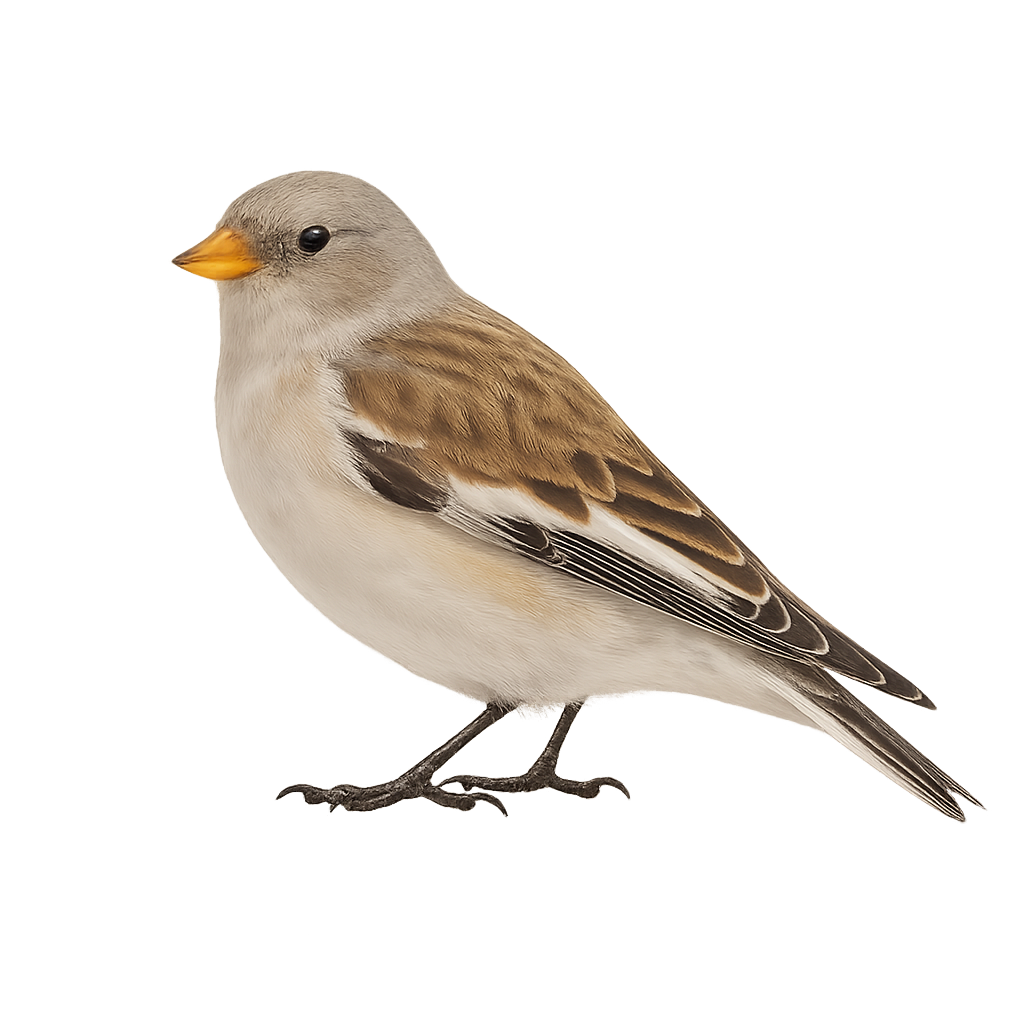Your wildlife photography guide.
Explore the snowfinch in detail, study its behavior, prepare your shots.
Where to observe and photograph the snowfinch in the wild
Learn where and when to spot the snowfinch in the wild, how to identify the species based on distinctive features, and what natural environments it inhabits. The WildlifePhotographer app offers tailored photography tips that reflect the snowfinch’s behavior, helping you capture better wildlife images. Explore the full species profile for key information including description, habitat, active periods, and approach techniques.
Snowfinch
Scientific name: Montifringilla nivalis

IUCN Status: Least Concern
Family: PASSERIDAE
Group: Birds
Sensitivity to human approach: Tolerant
Minimum approach distance: 10 m
Courtship display: May to July
Incubation: 12-14 jours
Hatchings: May to July
Habitat:
High-altitude environments such as alpine meadows, scree slopes and mountain roadsides
Activity period :
Primarily active during the day, with peak activity in the morning and late afternoon.
Identification and description:
The snowfinch is a small mountain passerine measuring 14–16 cm, with grey-brown plumage, a distinctive black crown and a contrasting white rump. It inhabits high-altitude environments such as alpine meadows, scree slopes and mountain roadsides, feeding mainly on insects and seeds. During the breeding season, the male performs song flights and aerial displays over its territory to attract the female, and pairs build a nest in rock cavities or under stones.
Recommended lens:
300 mm – adjust based on distance, desired framing (portrait or habitat), and approach conditions.
Photography tips:
Photograph the snowfinch at dawn or dusk with a telephoto lens of ≥300 mm to isolate the black crown and white rump. Position yourself low on the alpine meadow or scree slope, use a fast shutter speed to freeze flight, and maintain at least 10 m distance to avoid disturbance.
The WildlifePhotographer App is coming soon!
Be the first to explore the best nature spots, track rutting seasons, log your observations, and observe more wildlife.
Already 1 430 wildlife lovers subscribed worldwide

